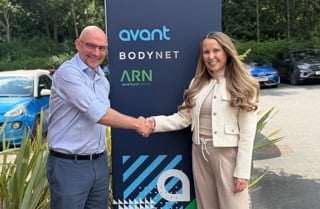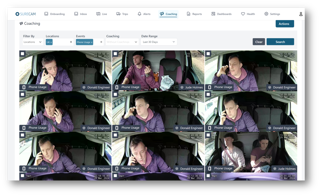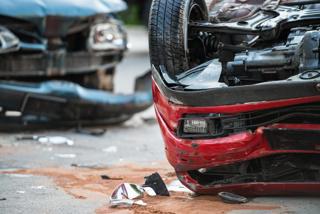A state of the art laser scanner is helping North Yorkshire Police to record essential evidence at the scene of a serious collision and open the county’s roads faster.
The data recorded by the laser is used by collision investigators to produce a virtual 3D reconstruction of the site, including high quality graphics and detailed plans, for use in subsequent enquiries and court cases.
Dave Foster, senior collision investigator for North Yorkshire Police, said: “There are always two aspects of every collision; the scene itself and the detail of the collision including key evidence such as gouge marks, tyre scuffs, scratches, scrapes, debris and of course vehicle position.
“Using the VZ-400, purchased from 3D Laser Mapping, we have experienced at scene time savings of around 40-50 minutes.”
North Yorkshire Police is also achieving efficiency gains when analysing the scanned data.
“The objective nature of the scanned data means we capture every detail of the collision scene whether it appears relevant at the time or not,” Foster continued.
“This means we can replicate impact positions, ‘virtually’ moving the vehicles in the digital model. We can also interrogate the data to get a better understanding of driver’s views, both of the scene and of the other vehicles, at varying stages in the run up to impact.”
North Yorkshire Police purchased the 3D scanner following funding by the Department of Transport, together with National Policing Improvement Agency (NPIA) contributions.
It was the product of choice of 14 out of 22 police forces awarded funding, ordering a total of 26 RIEGL laser scanners. The devices have now all been delivered to the respective forces supported by a comprehensive training programme.


















Login to comment
Comments
No comments have been made yet.